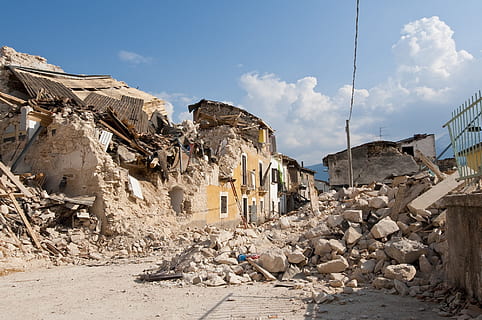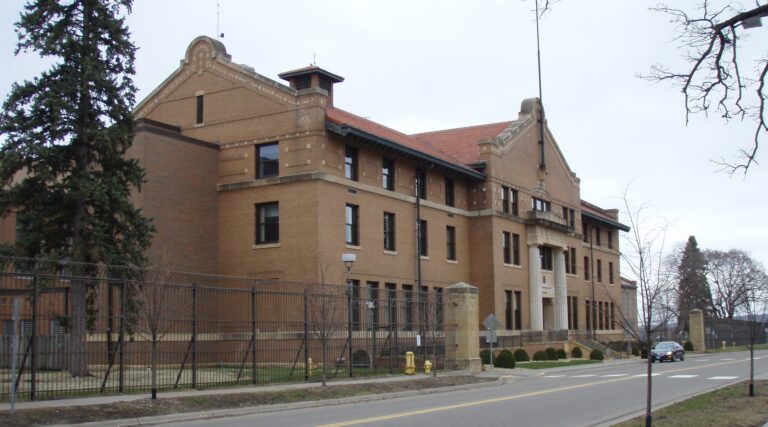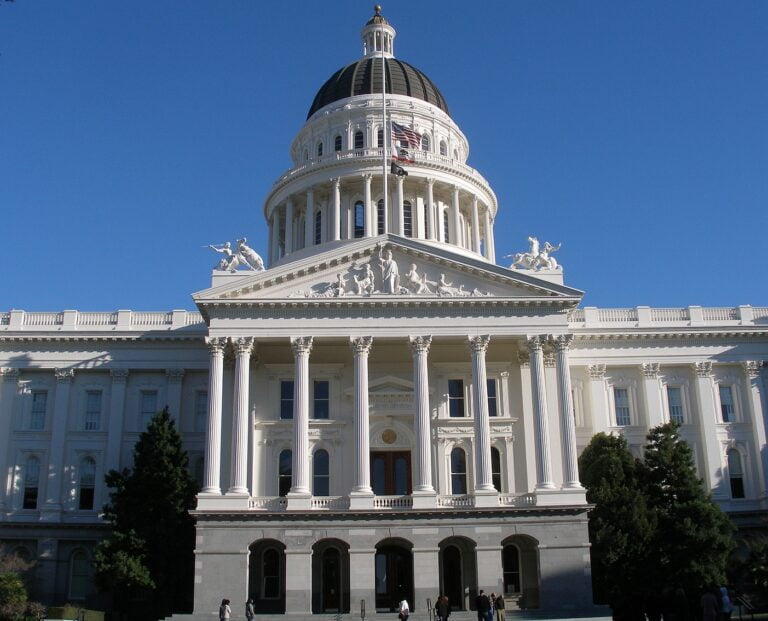Tragedy Strikes Morocco: The Devastating Impact of the High Atlas Earthquake

Morocco Earthquake
Introduction
In the late hours of a Friday night, Morocco’s High Atlas mountains were shaken to their core by a powerful earthquake, leaving behind a trail of destruction and despair. With a magnitude of 7.2, this seismic event struck fear into the hearts of Moroccans and sent shockwaves through the region. Centered in the remote Ighil area of the High Atlas mountains, approximately 70 kilometers southwest of the vibrant city of Marrakech, the earthquake’s aftermath proved catastrophic. This article delves into the tragic events that unfolded, examining the immediate consequences, ongoing recovery efforts, and the vital lessons that emerge in the wake of such natural disasters.
The Human Toll
The earthquake’s most devastating impact was its toll on human life. It claimed the lives of over 800 people and left hundreds more injured. The majority of casualties were reported in rural areas, where the local architecture primarily consisted of mudbrick and other materials ill-equipped to withstand the fury of an earthquake. As rescue operations got underway, it became clear that the difficult terrain and poor communication infrastructure were significant challenges hampering the swift response. The nation was left in mourning, grappling with the loss of loved ones and the heart-wrenching stories of survival against all odds.
State of Emergency
In the face of this unimaginable tragedy, the Moroccan government swiftly declared a state of emergency in the affected regions. This declaration signaled the urgency of the situation and allowed for the mobilization of resources and personnel to aid in rescue and recovery efforts. The international community responded with compassion and solidarity, as the United Nations and numerous countries pledged their support to Morocco in its time of need. However, despite the commendable efforts of first responders and volunteers, the death toll was expected to rise as rescue teams ventured into remote and isolated areas.
Regional Implications
The earthquake’s tremors were not limited to Morocco alone. Neighboring Algeria and even parts of Spain felt the earth’s violent shudders. Fortunately, these regions did not report any significant damage or casualties, highlighting the localized nature of the disaster’s impact. The solidarity demonstrated by these neighboring nations served as a testament to the interconnectedness of countries in times of adversity. It also emphasized the importance of international collaboration in disaster response and recovery efforts.
A Nation’s Resilience
Morocco’s response to this tragedy showcased the nation’s resilience and unity. Citizens rallied together, donating blood to support the victims and their families. World leaders expressed their condolences and offered their support, reinforcing the global community’s commitment to aiding Morocco during its darkest hours. This resilience is a testament to the strength of the Moroccan people and their determination to rebuild their lives and communities.
Infrastructure and Property Damage
Beyond the loss of life, the earthquake wreaked havoc on infrastructure and property. Homes and businesses crumbled under the force of the tremors, while roads and bridges sustained significant damage. Essential services, such as water and electricity, were disrupted, compounding the challenges faced by survivors. The extensive destruction left communities grappling with not only the immediate aftermath but also the long and arduous road to recovery.
International Assistance
In the aftermath of the earthquake, Morocco faced the daunting task of assessing the full extent of the damage and providing much-needed assistance to its citizens. The United Nations, along with various international organizations, stepped in to provide aid. The outpouring of support from the global community reinforced the notion that, in times of crisis, borders and differences become insignificant in the face of human suffering. Morocco’s resilience was further buoyed by the knowledge that it was not alone in its recovery efforts.
Lessons in Disaster Preparedness
The earthquake in Morocco serves as a stark reminder of the critical importance of disaster preparedness. The nation has a history of seismic activity, making it imperative for the government and its citizens to take proactive measures to mitigate the risks of future disasters. This includes the enhancement of building codes to ensure structures are earthquake-resistant, the development of early warning systems to provide timely alerts, and public education campaigns to promote earthquake safety.
Opportunity Amid Tragedy
While the earthquake in Morocco is undoubtedly a tragedy of immense proportions, it also presents an opportunity for the nation to bolster its disaster preparedness efforts. By learning from this devastating experience, Morocco can take significant strides in protecting both its people and its infrastructure from future catastrophes. It is a testament to the nation’s strength and resilience that, even in the face of such adversity, it remains committed to safeguarding its citizens and working toward a more secure future.
Conclusion
The powerful earthquake that struck Morocco’s High Atlas mountains left an indelible mark on the nation and the world at large. Its immediate and far-reaching impact underscored the vulnerabilities that exist in the face of natural disasters. As Morocco, with the support of the international community, embarks on the arduous journey of recovery, the lessons learned from this tragedy will serve as a guiding light toward a more resilient and prepared future. In times of darkness, it is the resilience and unity of nations and their people that shine the brightest, offering hope amid despair and the promise of a better tomorrow.






